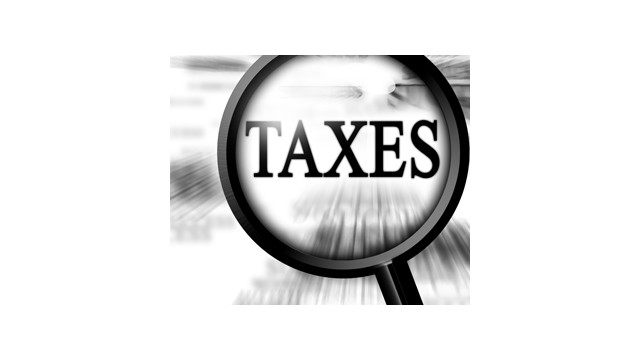According to new figures released by the IRS in a fact sheet, the ”tax gap” has grown to an estimated $441 billion a year, although compliance rates have remained relatively stable over the last decade (IRS FS-2019-11, September 2019).
The tax gap is the difference between the total taxes owed to the IRS and the total taxes paid. It is comprised of three main components: non-filing, underreporting and underpayment:
- The non-filing tax gap is the tax not paid on time by those who don’t file their required returns on time.
- The underreporting tax gap is the net understatement of tax on timely filed returns.
- The underpayment tax gap is the amount of tax reported on timely filed returns that isn’t paid on time.
The tax gap is also categorized by five types of tax: (1) individual income tax, (2) corporate income tax, (3) employment taxes, (4) estate tax and (5) excise tax.
Periodically, the IRS estimates the tax gap to gauge historical compliance of all types of taxpayers with their federal tax obligations. The estimates take into account federal taxes as well as refundable and non-refundable tax credits.
In the latest estimate, the IRS said the gross average tax gap was $441 billion per year, based on data from tax years 2011, 2012 and 2013. This doesn’t reflect subsequent payments made either voluntarily or through IRS administrative and enforcement efforts. Those payments were estimated at $60 billion, so the net tax gap estimate is $381 billion.
The estimates translate to about 83.6%, of taxes being paid voluntarily and on time. This is in line with recent levels. The new estimate is essentially unchanged from a revised Tax Year (TY) 2008-2010 estimate of 83.8%. After enforcement efforts are taken into account, the estimated share of taxes eventually paid is 85.8% for both periods. And it is comparable to the TY2001 estimate of 83.7% and the TY2006 estimate of 82.3%.
Looking at the three components, the non-filing tax gap was estimated at $39 billion, the underreporting tax gap was $352 billion and the underpayment tax gap was $50 billion. For a breakdown of various types of taxes, the estimated gross tax gap for individual income tax was estimated at $314 billion, corporate income tax was $42 billion, the tax gap for employment tax $81 billion and estate and excise tax combined was $3 billion.
Tax gap studies through the years have consistently demonstrated that third-party reporting significantly raises voluntary compliance. Furthermore, compliance rises even higher when income payments are also subject to withholding. The IRS also has an array of other programs aimed at supporting accurate tax filing and helping address the tax gap. These range from working with businesses and partner groups to education and outreach efforts.
What it all means: Understanding the elements of the tax gap enables policymakers and tax administrators to make better decisions about allocating resources used to administer the tax code. IRS initiatives to improve tax collection are intended to narrow the tax gap and increase compliance. The estimates also inform policymakers of potential areas that need to be addressed in other ways.
Thanks for reading CPA Practice Advisor!
Subscribe Already registered? Log In
Need more information? Read the FAQs





